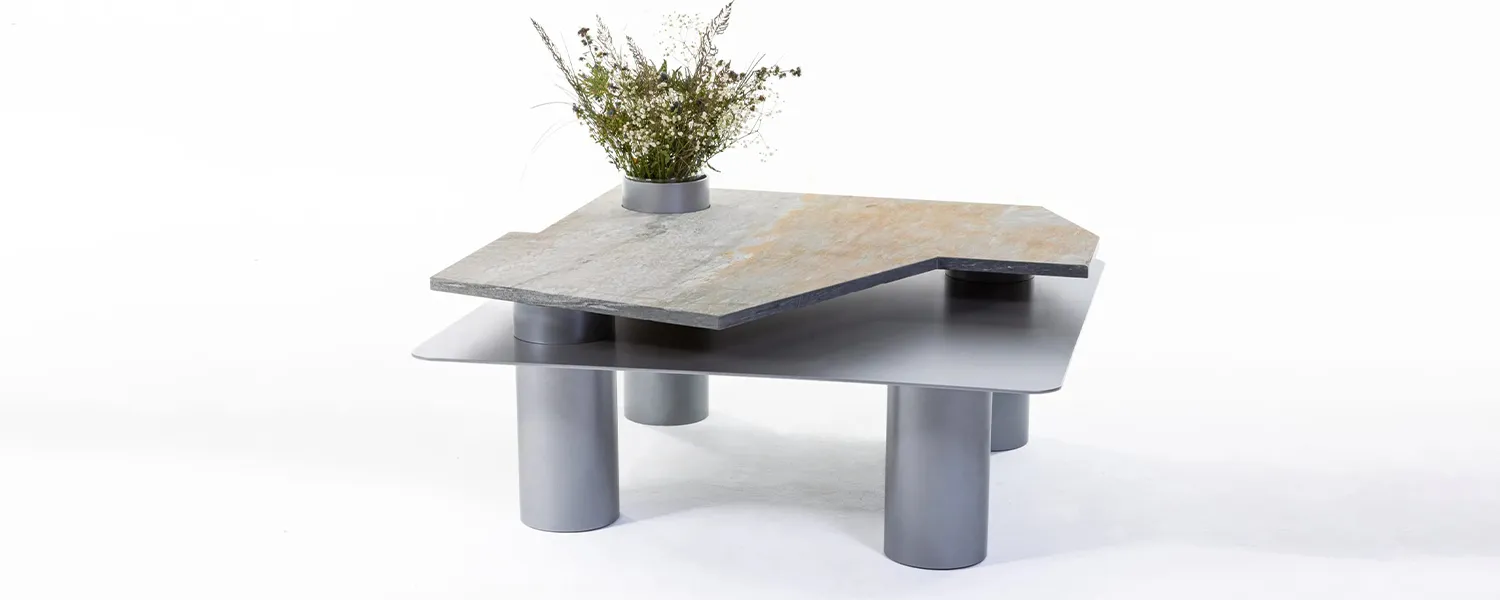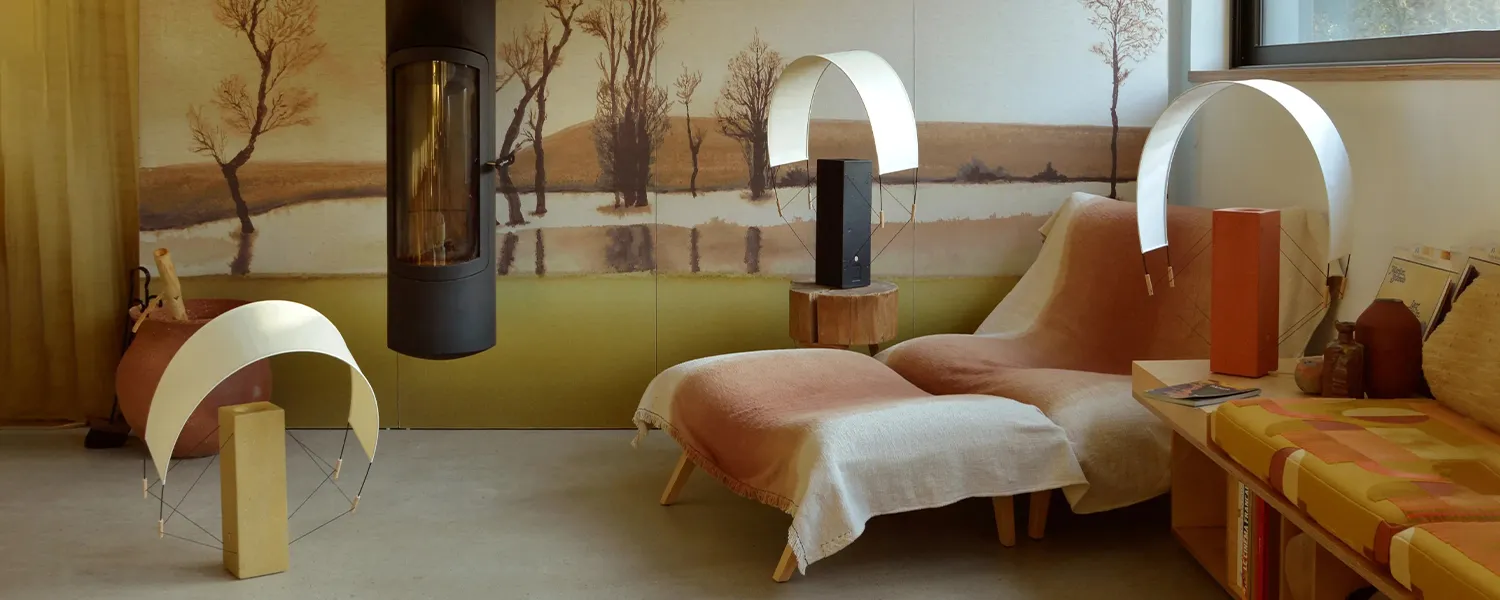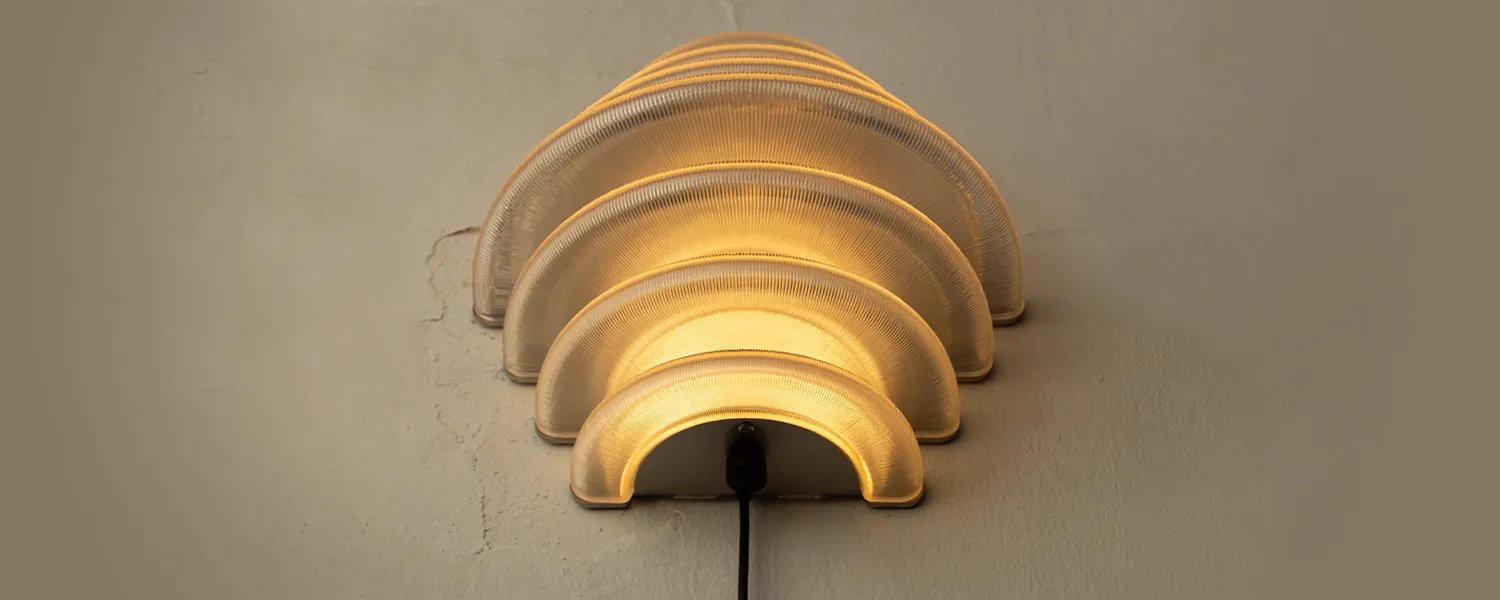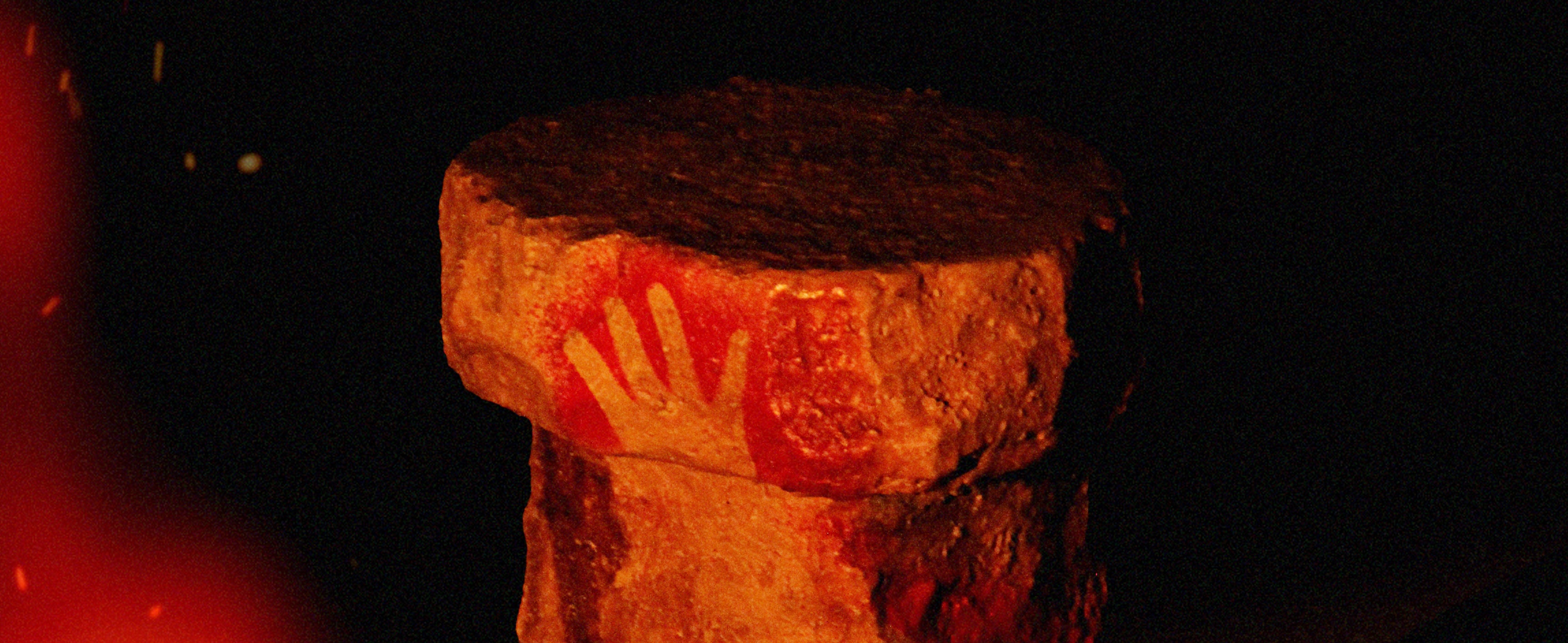
Neolithic Design: Primitive Design on the Edge of an Era
Stand before the red hand stencils of Sulawesi’s caves—created over 40,000 years ago—and time collapses. These ochre palm prints, pressed against stone, are among humanity’s earliest known artistic gestures: haunting expressions of presence, of the primal urge to leave a mark. In their raw simplicity, they reflect a striking trend in contemporary design—a rise in what could be called a “new stone age,” or Neolithic design: a return to the primitive aesthetics and materiality of the Neolithic period.
Neolithic design isn’t minimalism, though it does reject excess—not in pursuit of sleekness, but to honor material and form in their most essential states. Designers today are embracing hand-burnished clay vessels, brutalist furniture with totemic silhouettes, and monolithic forms reminiscent of ancient megaliths. Textured ceramics recall the irregularity of cave walls, travertine bears the unhurried marks of geological time, and raw wood retains its natural imperfections. These pieces are not about reduction or restraint—they embody a primal sensibility, a quiet permanence, as if they have always existed.
What draws us to these Neolithic textures and techniques now, at our most technologically advanced moment? Perhaps it is their resolute authenticity: a profound connection to earth and material, the survival-driven necessity of collective creation, and the embrace of natural variation. This is design that does not strive to achieve perfection or conformity. It simply exists—grounded, enduring, unforced—offering a quiet dialogue between maker and matter, and reminding us of our place in the long continuum of time.
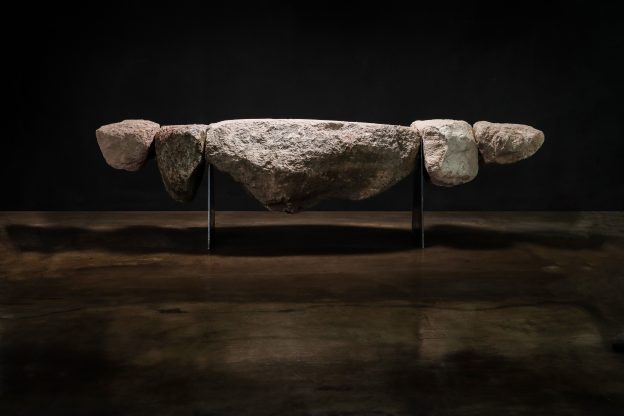

Origins: Decoding the Neolithic Design Language
Not just a moniker for a new design niche, the Neolithic period is quite literally also referred to as the “New Stone Age,” and was a transformative era that bridged the gap between the Paleolithic and Bronze Ages. Roughly spanning 10,000 BCE to 2,000 BCE, it marked humanity’s transition from nomadic hunter-gatherers to settled agricultural societies.
This era gave us some of the most profound innovations in human history: the cultivation of crops, the domestication of animals, and the development of tools and pottery. Megalithic architecture, like Stonehenge, served as communal and spiritual landmarks (we think), while the use of earthy materials—clay, stone, shells—dominated both functional and artistic creations, a reflection of a world where all making was bound to the resources of the earth.
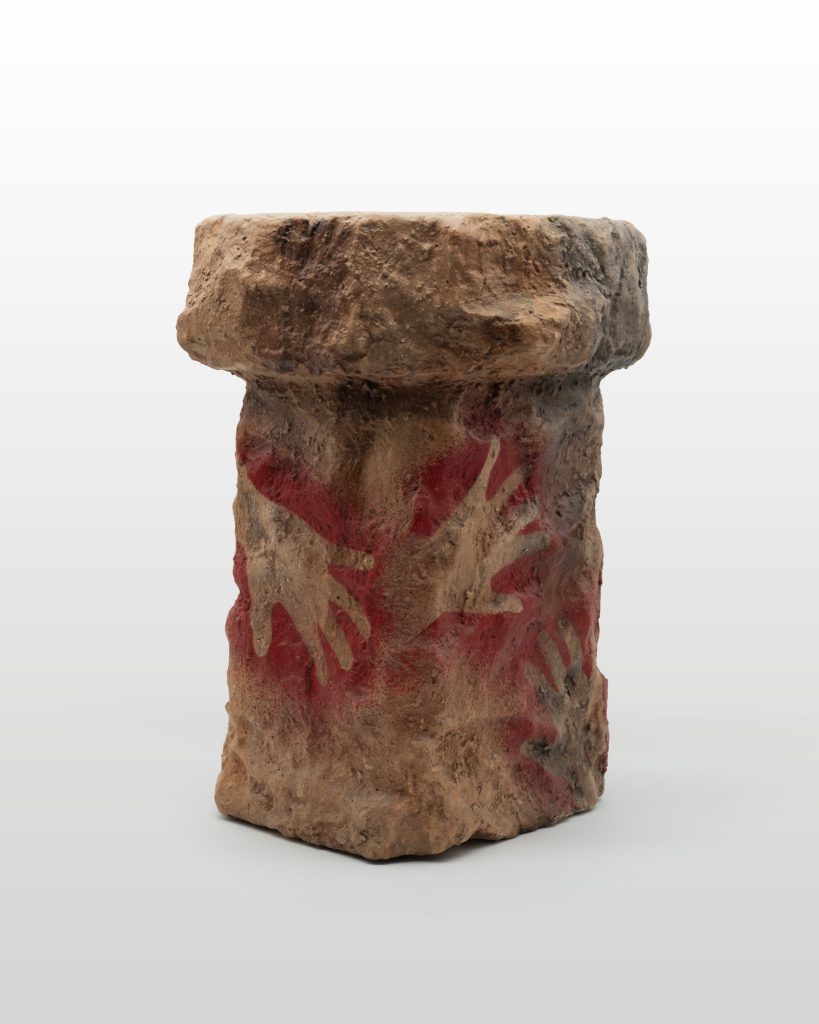

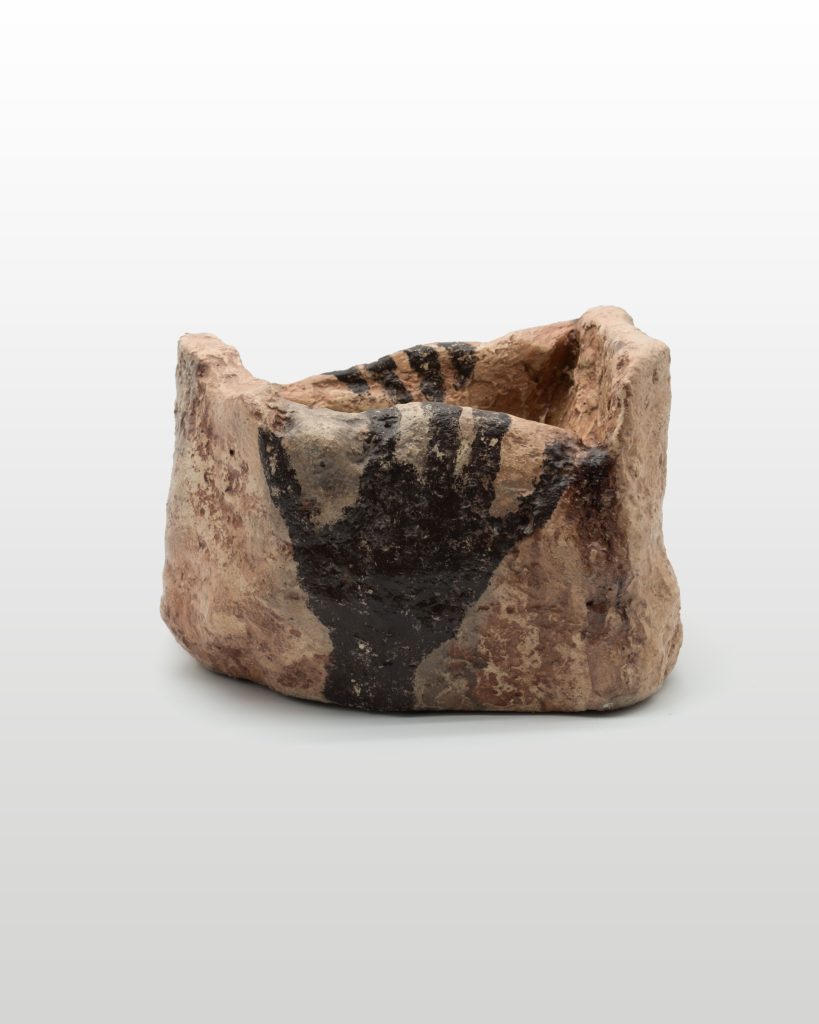



The material culture of Neolithic design centers on a profound understanding of earth’s raw elements and the essential role of shared knowledge. Necessity bound communities to their environment, inspiring techniques to transform clay, stone, and organic materials into enduring forms. From land to hand, each creation—whether a simple tool or a ceremonial vessel—bore the intimate traces of its making: the press of fingers in wet clay, the rhythmic scoring of stone on stone, the delicate intertwining of fiber and reed.
Elements of Contemporary Neolithic Design
Organic Materials: Clay, unpolished stone, wood, shells, and other elemental materials sit at the heart of Neolithic design, often left raw to evoke a deep connection to the earth.
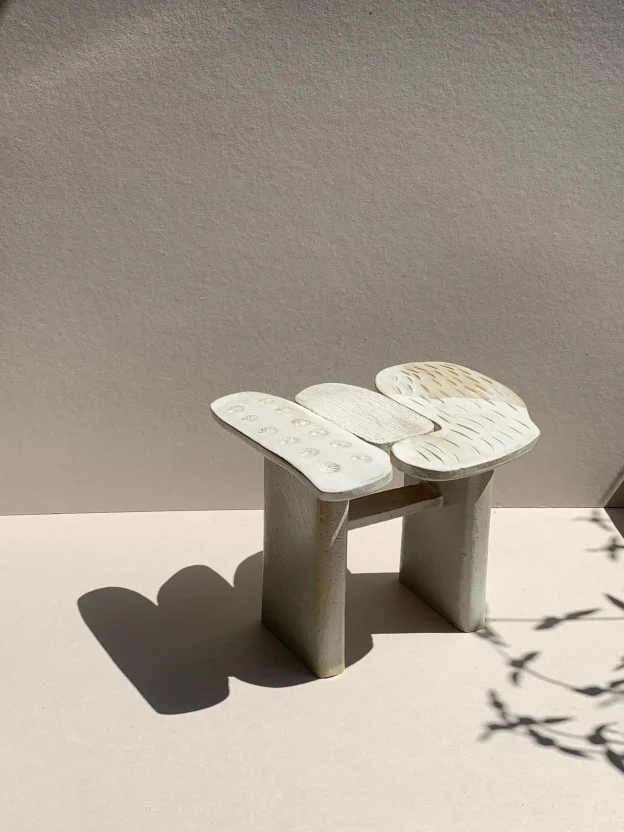

by Laetitia Perrin Studio
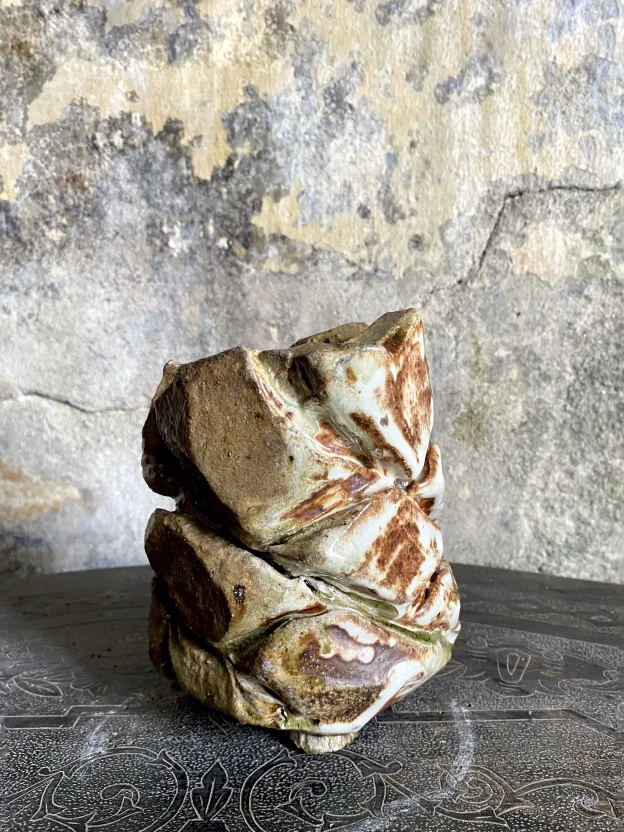

by Elena Yakimushkina


by Studio Kloak
Rough Textures and Imperfections: Smooth, industrial surfaces give way to pitted textures, bas-relief treatments, and visible tool marks. This wabi-sabi-like embrace of imperfection celebrates the process of creation, with brushed stone finishes and grinding marks becoming intentional design elements.
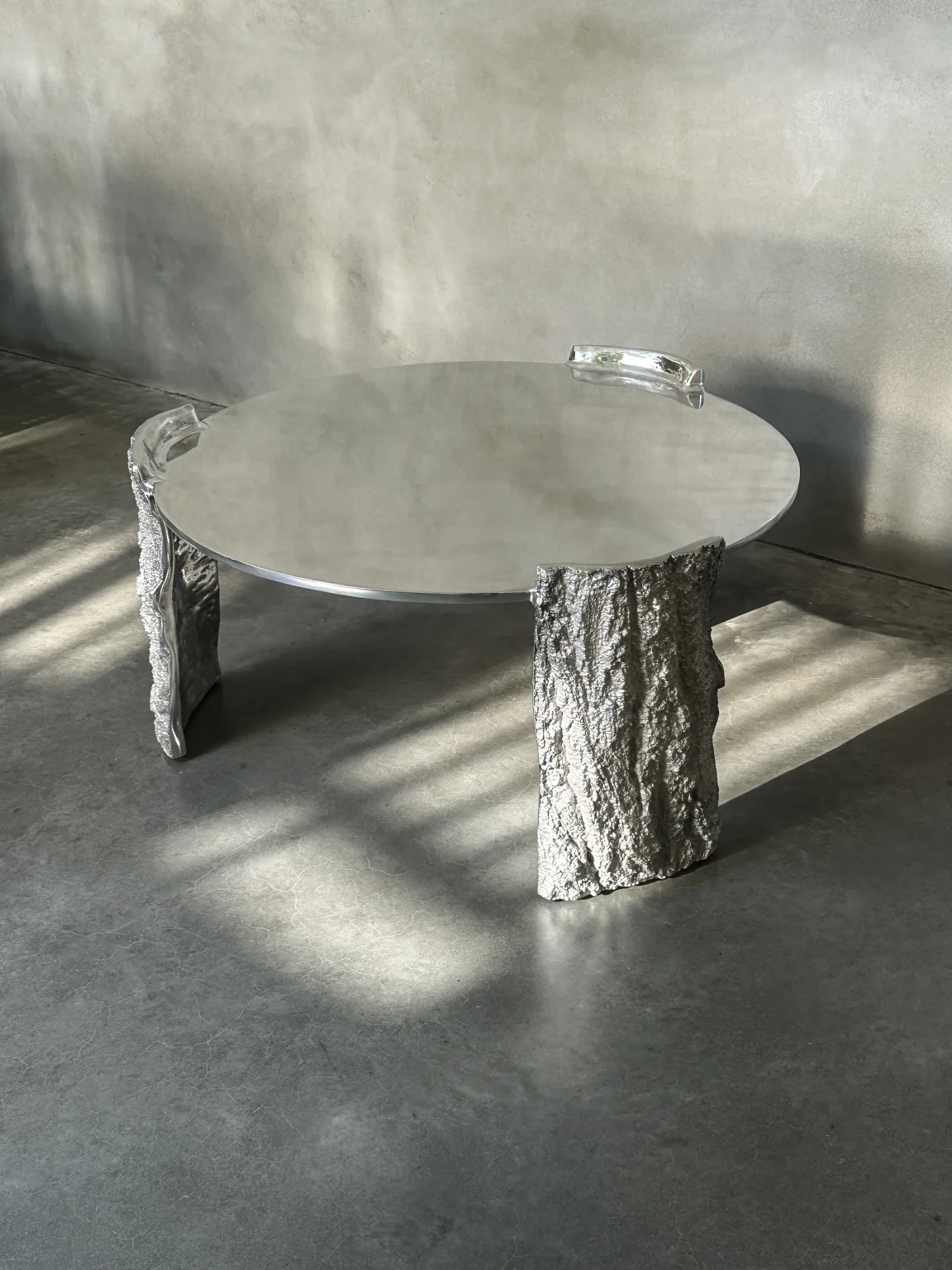

by Studio Kaytar


by TOUCH WITH EYES
Primitive Shapes: Furniture and objects often mimic monolithic structures or elemental forms, such as circles, ovals, and simple geometric lines. Brutalist-inspired pieces feature anthropomorphic qualities, while lighting fixtures in alabaster and stone create sculptural statements that feel both ancient and avant-garde. These shapes feel eternal, as if unearthed from ancient ruins.
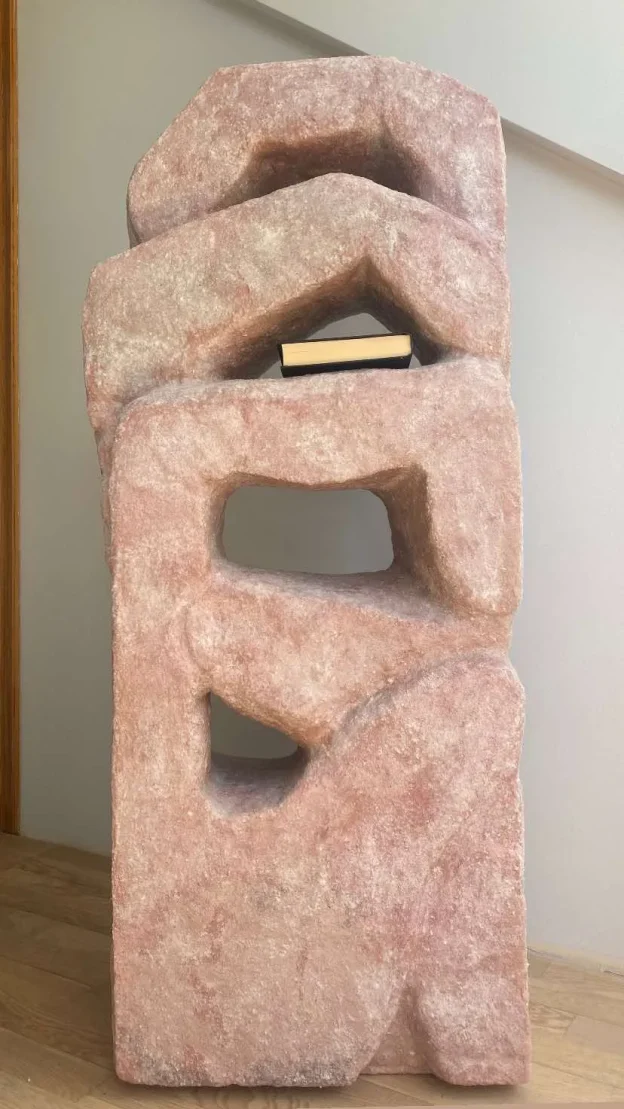

by Ieva Gudelaitytė
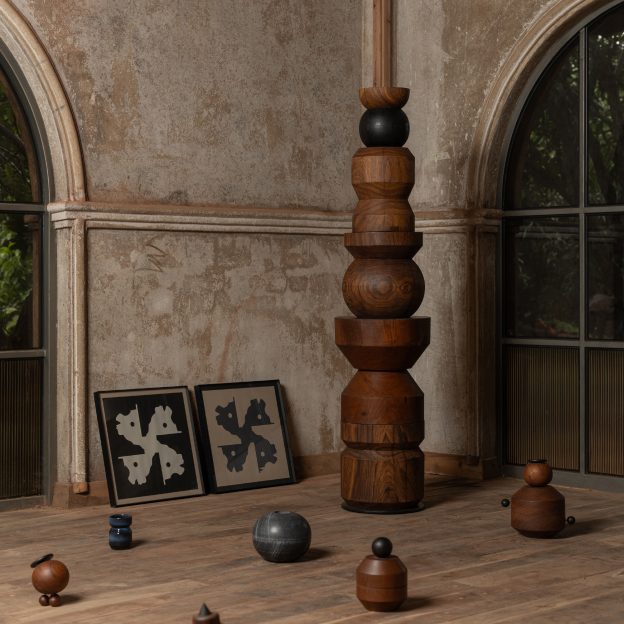

by WANAS
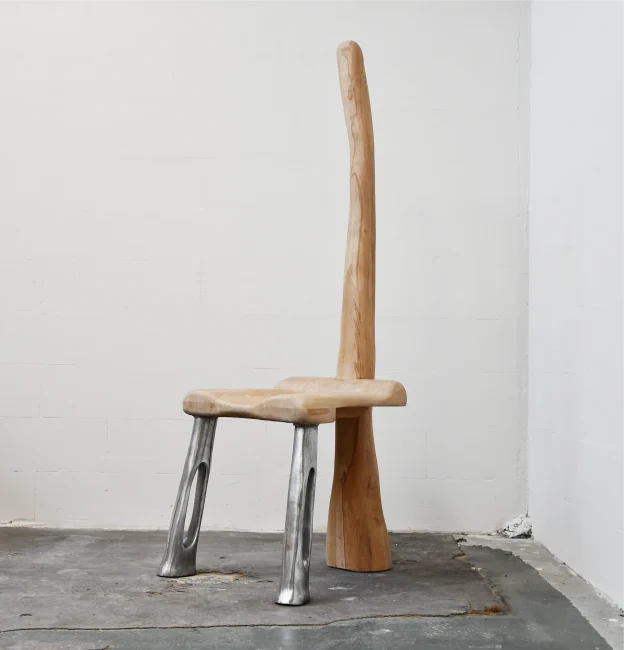

by Sai.E Studio
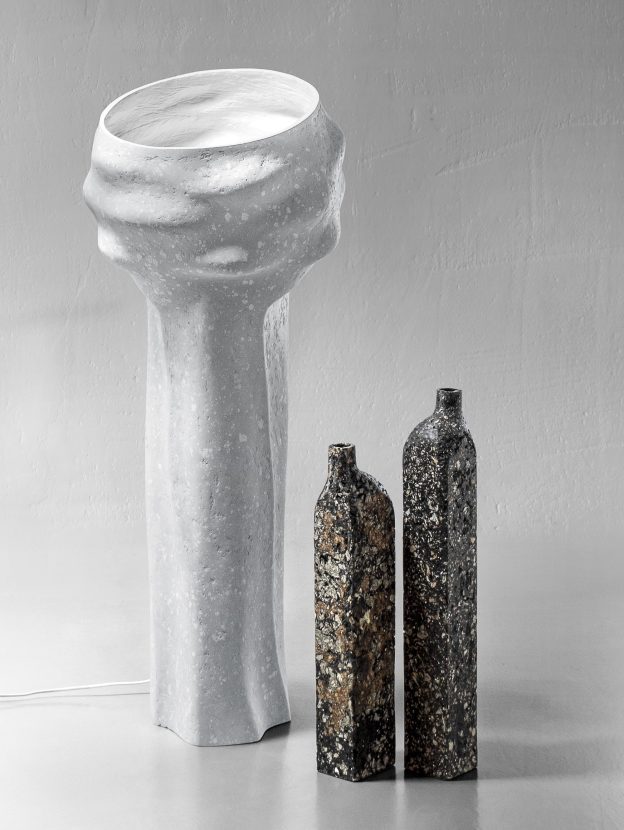

by Donatas Žukauskas
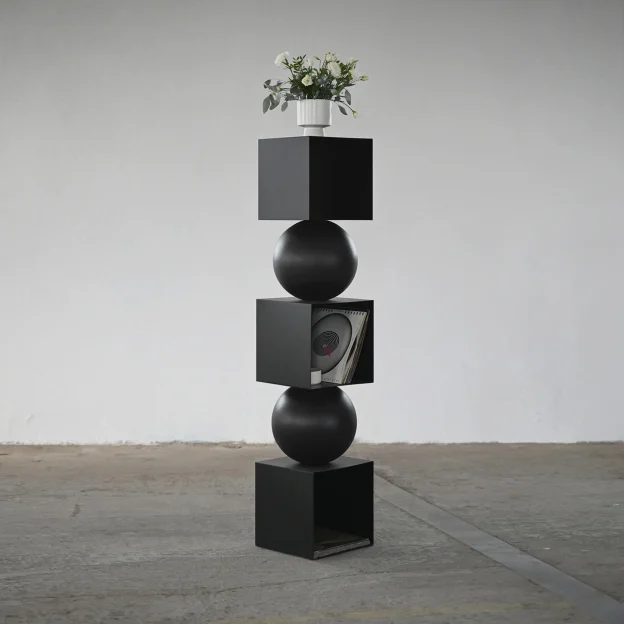

Earthy Tones: Warm, muted palettes dominate—ochres, terracottas, slate grays, and sandy whites. These colors echo the natural pigments available to Neolithic craftspeople.
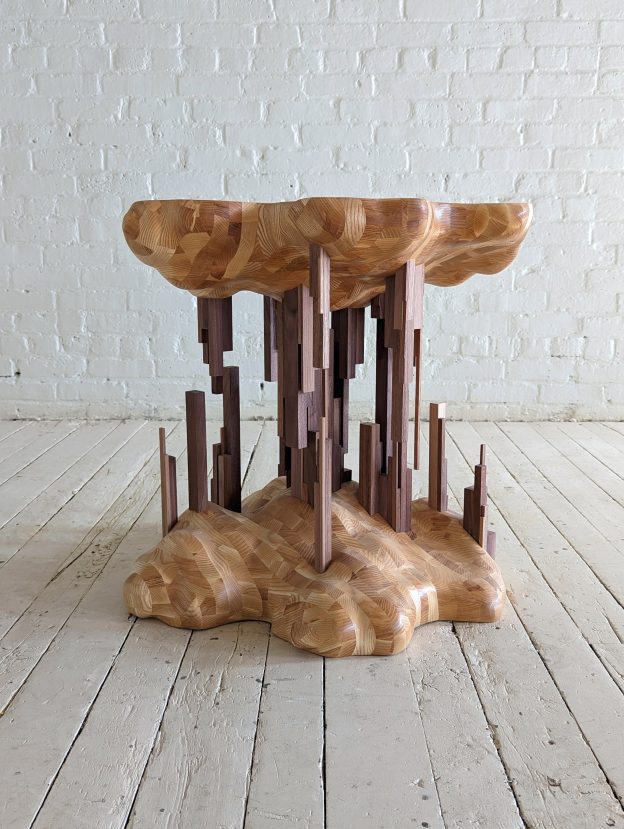

by Steve Totin of Boyd Studios
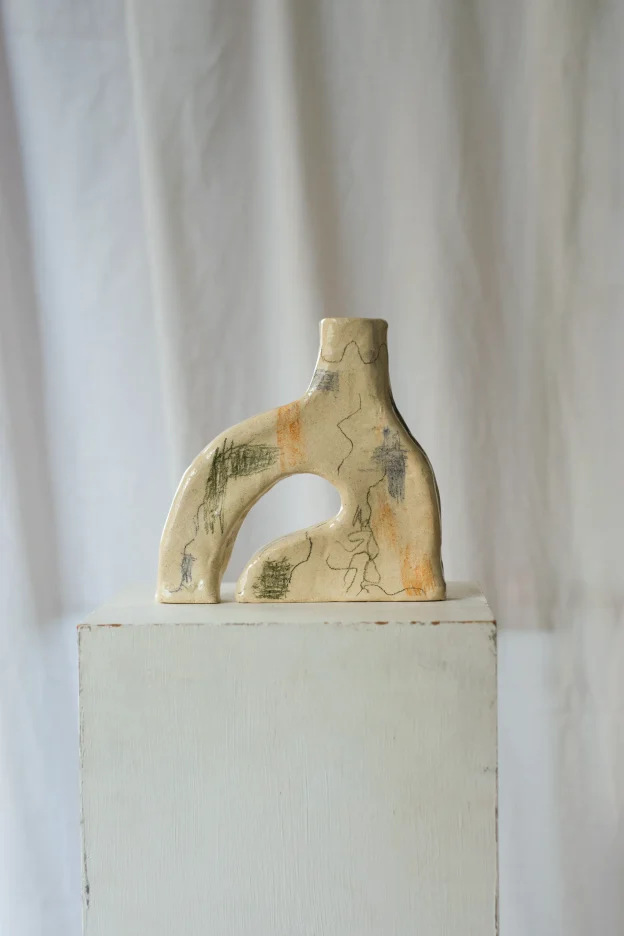

by Mina Wright
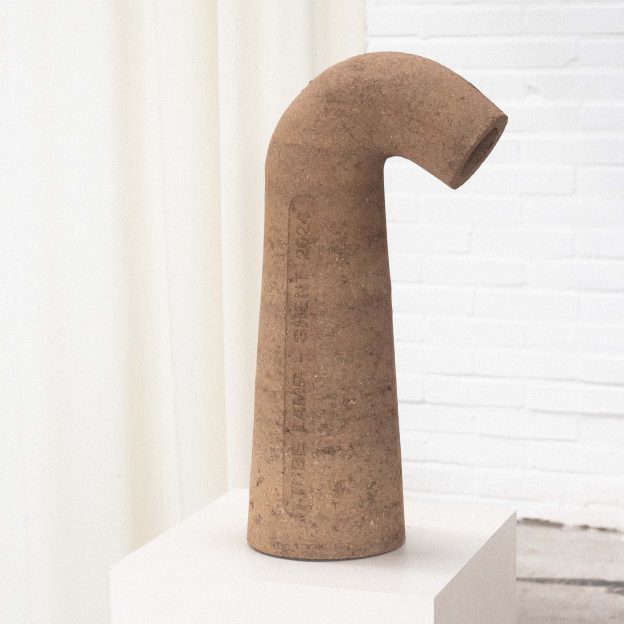

by Tom Schoonhoven Studio
Why the Neolithic Resonates Today
So why are we drawn to these ancient aesthetics now? The answer may lie in the context of our own era. Just as the Neolithic stood at the brink of marked a pivotal transformation for humanity, we too stand at the brink of profound change. A long way from the Neolithic, we find ourselves in what is widely considered the “Information Age“—an era defined by the rapid flow of data, the omnipresence of digital interfaces, and a reliance on virtual connectivity over tangible interaction.
Amid this relentless stream of artificial surfaces and algorithmic precision, Neolithic design offers an antidote: the tactile, the grounded, the real. It’s a reaction to the sensory overload of technology and a yearning for authenticity.


Our digital age harbors a peculiar paradox. Conversations that once unfolded over hours in parlors and piazzas—deep exchanges that shaped cultural movements and artistic philosophies—now occur in seconds, across comment sections, constrained by character limits and algorithmic feeds. These truncated dialogues create a strange temporal dissonance: each interaction feels fleeting, yet leaves permanent digital fossils, archived in servers and clouds, neither fully present nor truly gone.
This liminal existence perhaps explains our renewed gravitation toward Neolithic materiality. The grounding weight of a stone vessel, the honest presence of a clay wall, the deliberate mark of a tool in wood—these elements offer resolution to our digital ambiguity. They speak to an older understanding of time and presence, one measured not in timestamps but in geological rhythms. As our memories increasingly exist as vulnerable strings of code, these ancient materials remind us of a more fundamental permanence—one where human hands worked to create objects that would endure.
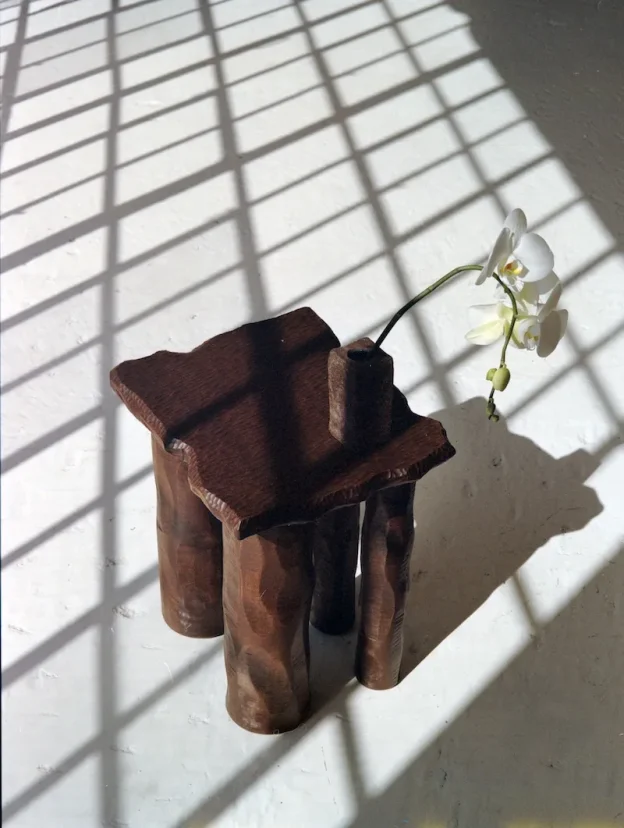



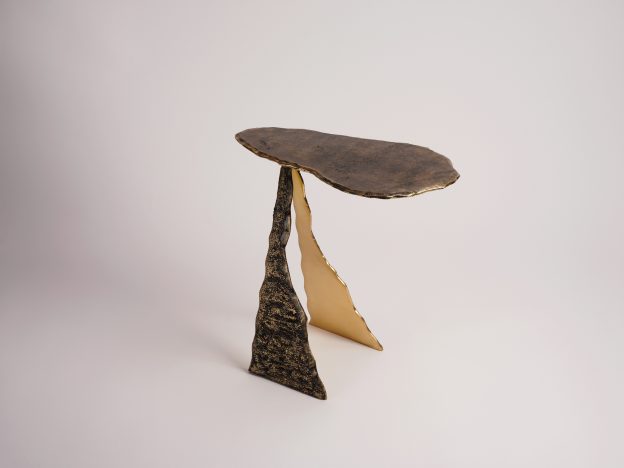

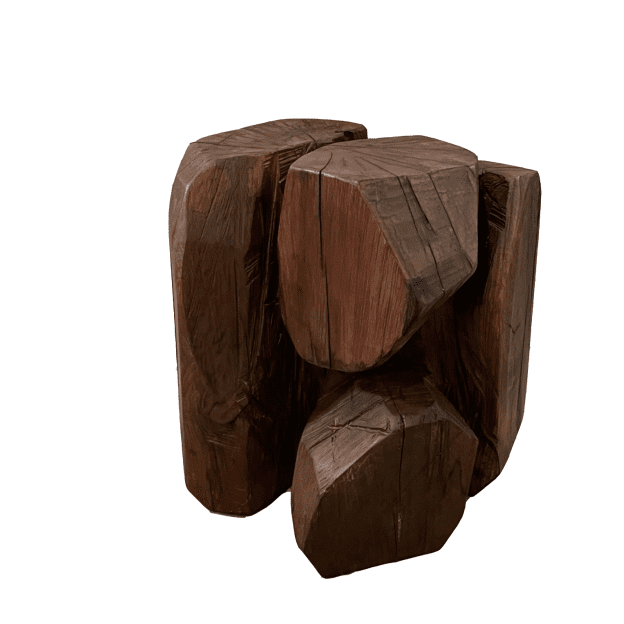

The Mystery of the Neolithic
Neolithic-inspired pieces often carry a heavy sense of time and age—as though they have been unearthed rather than crafted anew. They feel like artifacts, like fossils, or the faint impression of a handprint on the wall of a cave. These objects, whether a monolithic concrete bench or a roughly hewn wooden table, evoke a visceral awareness of what came before us, even if much of it remains undocumented and shrouded in mystery.
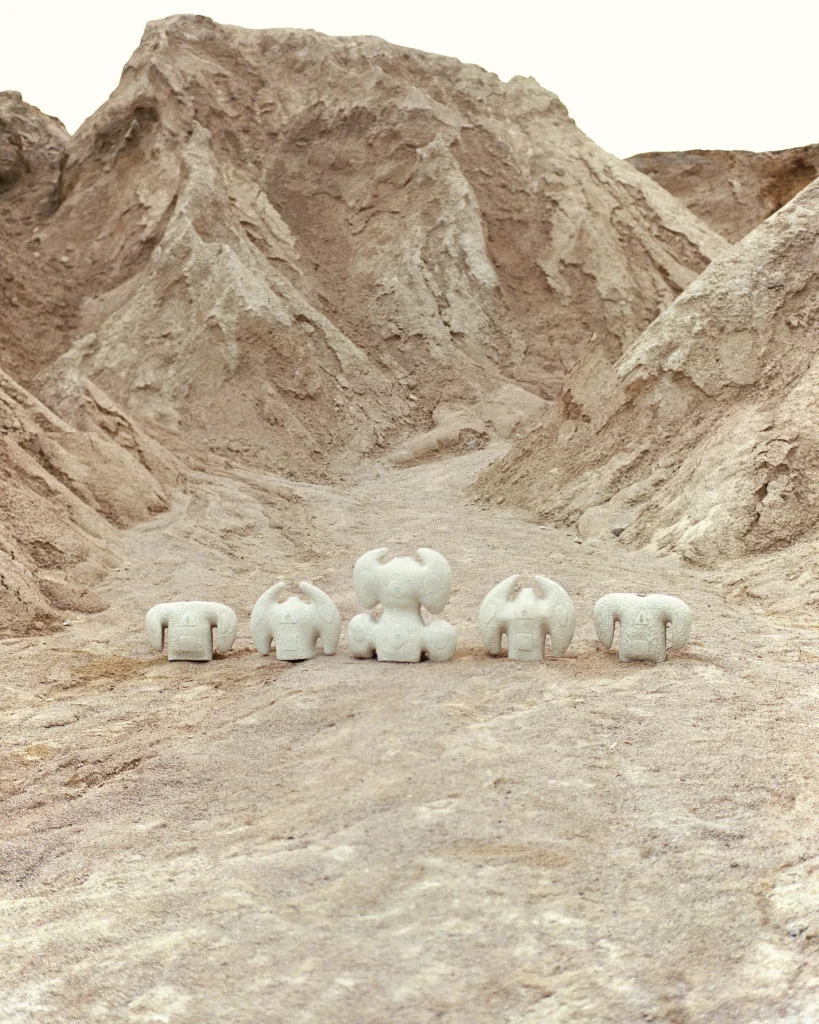

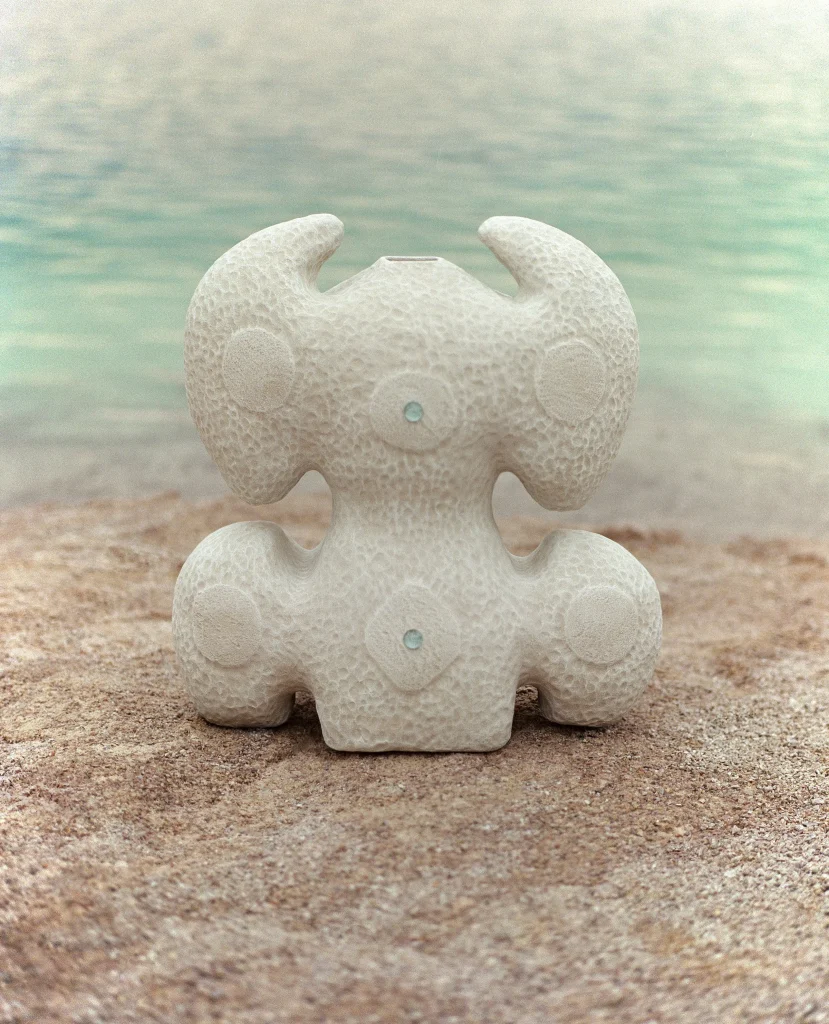

Consider the enduring enigma of Stonehenge—a monument that, millennia after its creation, remains shrouded in mystery. Was it a sacred site, a gathering place, or something altogether beyond our comprehension? This lack of certainty imbues it with a profound mystique, echoing through Neolithic-inspired designs. This inherent mystery lends these designs a haunting presence. They ask us to pause and contemplate the colossal arc of human existence, stirring a sense of wonder at the ingenuity and resilience of our ancestors. Acting as tangible bridges between the ancient and the contemporary, these pieces reconnect us to a fundamental human impulse: the desire to leave a mark – to say, “we were here”.
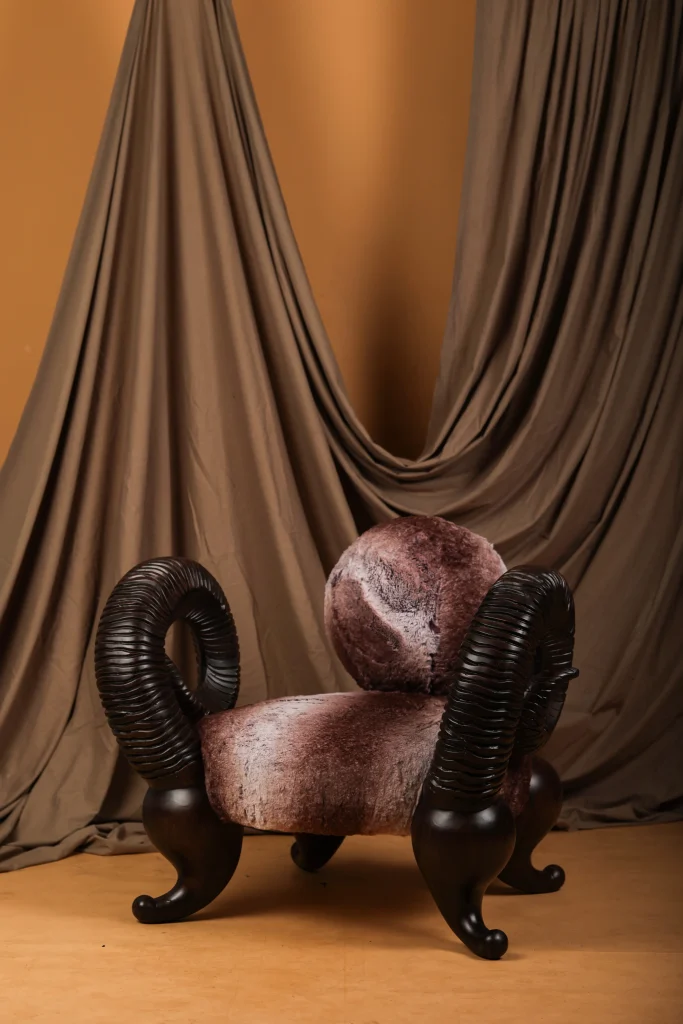

by sāar – the functional art
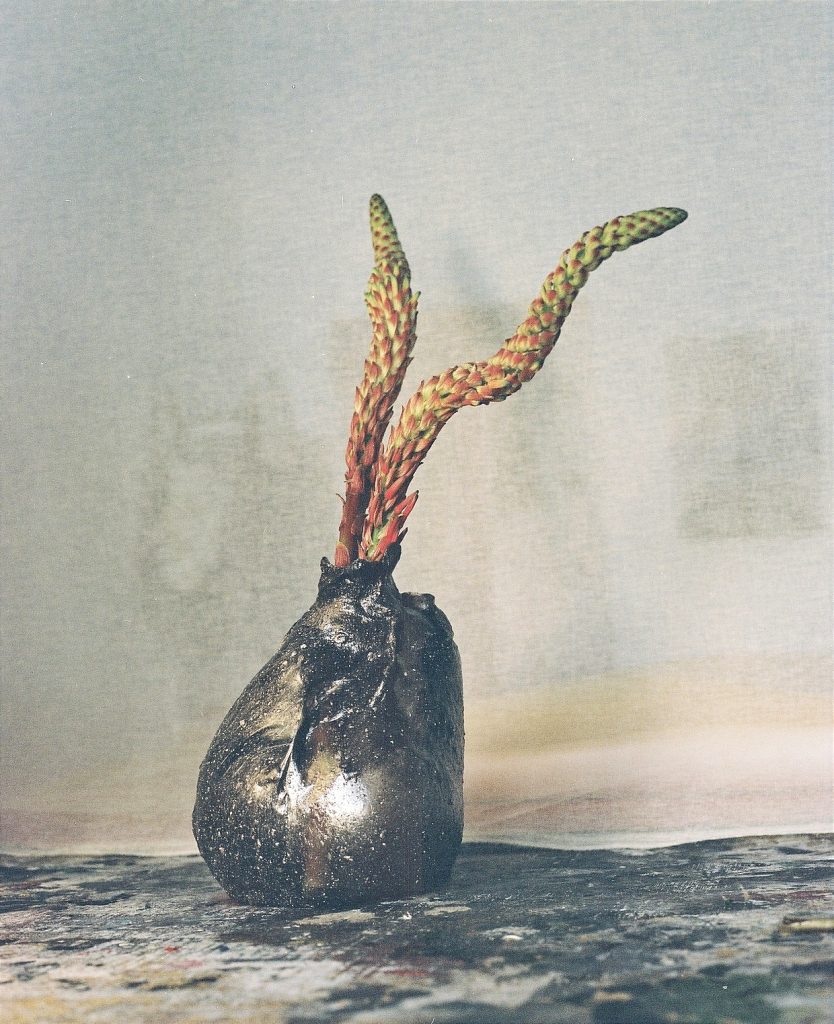

by Agence Censis Rubliss
Finding Our Fire through Neolithic Inspirations
The Neolithic era’s great catalyst was fire. It shaped tools, transformed clay into pottery, and ushered in metallurgy, paving the way for the Bronze Age. Today, we might ask: what is our fire? What force is reshaping our reality and propelling us into a new epoch?
It could be artificial intelligence, poised to redefine human creativity and labor, or the urgent call of the climate crisis, urging a rethinking of how we inhabit and design our world. Whatever the catalyst, we are in a moment of transition, and the resurgence of Neolithic aesthetics—emphasizing organic forms, natural materials, and tactile surfaces—feels like a grounding bridge as we step into the unknown.
By celebrating the raw, the imperfect, and the elemental, these designs reflect both our past and the possibilities ahead. Their monolithic forms, grounded textures, and earthy tones evoke a sense of the ancient and the timeless. This isn’t “timeless” in the sense of “classic,” but in a more literal application—timelessness without a clear beginning or end, offering continuity in an increasingly fragmented world.
By looking back to the Neolithic, we are not only revisiting history; we are reflecting on what could be. In the shadows of our ancestors, who once stood where we do, wondering about the world ahead and behind, we may discover the fire that will illuminate our future. We stand on a precipice, as our ancestors once did, with nothing but horizon ahead and behind us.
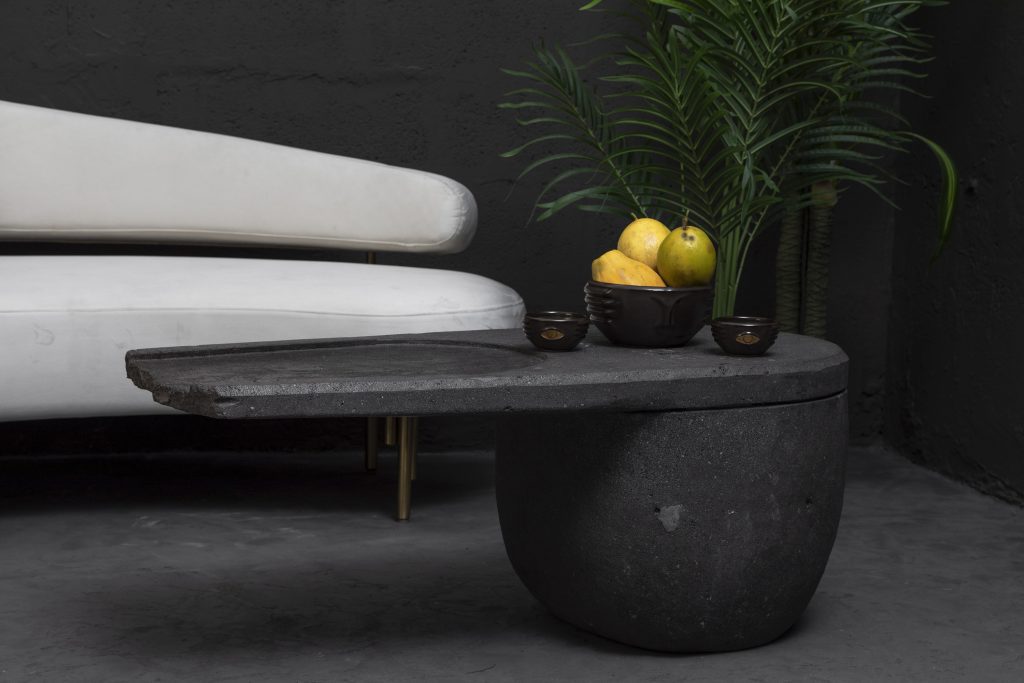

-

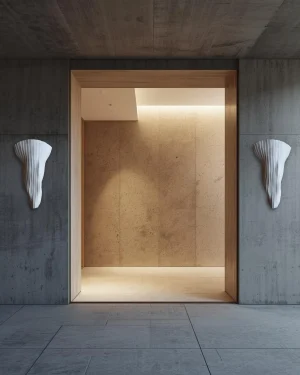 Large Tenderness – Ceramic Wall Sconce€1.150 incl. tax
Large Tenderness – Ceramic Wall Sconce€1.150 incl. tax -

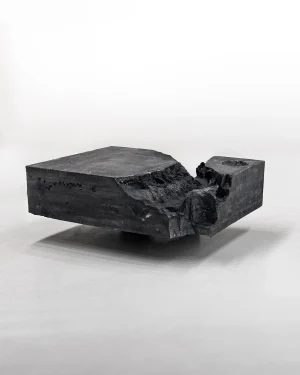 Black Concrete Brutalist Table€4.100 incl. tax
Black Concrete Brutalist Table€4.100 incl. tax -

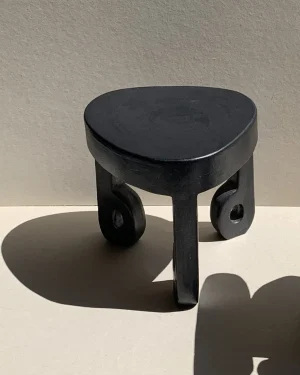 Nikko – Small Stool / Small Side Table€1.400 incl. tax
Nikko – Small Stool / Small Side Table€1.400 incl. tax -

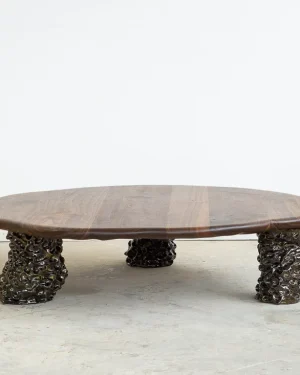 Sculptural Coffee Table – Walnut & Ceramic€5.800 incl. tax
Sculptural Coffee Table – Walnut & Ceramic€5.800 incl. tax -

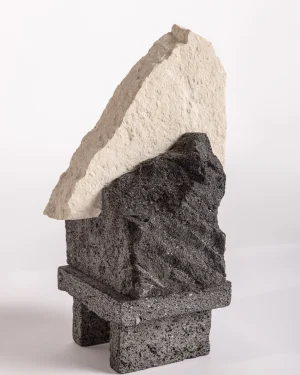 Alma Sculpture€962 incl. tax
Alma Sculpture€962 incl. tax -

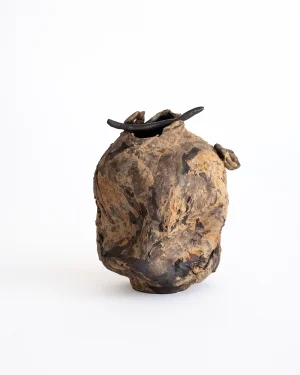 Black Earth – Vase O.4€508 incl. tax
Black Earth – Vase O.4€508 incl. tax -

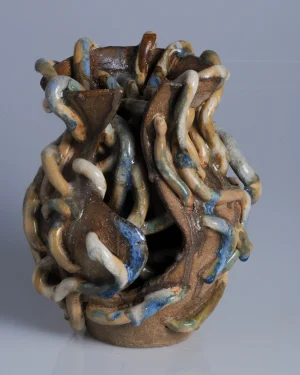 Tipishka – Stoneware Collectible Scultpure€4.000 incl. tax
Tipishka – Stoneware Collectible Scultpure€4.000 incl. tax -

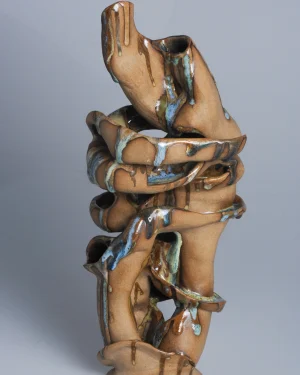 Atravesar – Stoneware Collectible Sculpture€5.500 incl. tax
Atravesar – Stoneware Collectible Sculpture€5.500 incl. tax -
Piece on sale

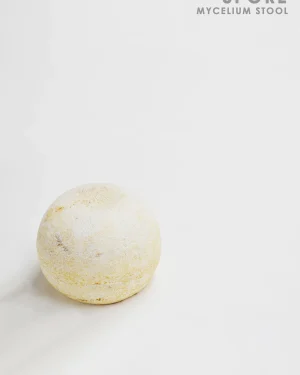 Spore€1.200 incl. tax
Spore€1.200 incl. tax



